Roundtable: How does Thon Maker project as NBA prospect?

Get breaking news and SI’s biggest stories instantly. Download the new Sports Illustrated app (iOS or Android) and personalize your experience by following your favorite teams and SI writers.
With prized prospect Thon Maker forgoing college and announcing he plans to declare for the 2016 NBA draft, SI.com paneled its basketball writers and NBA personnel to weigh in on Maker's outlook in the NBA.
Maker, 19, announced the decision Monday after mulling offers from a host of top colleges and even considering a stint overseas. The Sudanese 7–footer graduated high school in Canada last June, and has technically been playing in his fifth year of high school. For this reason, he reportedly thinks he will be declared eligible.
So what do we make of Maker's NBA potential if he's allowed to declare? Opinions vary...
What will Thon Maker be in the NBA?
Ben Golliver, NBA writer: I’m definitely a Thon Maker skeptic. I’m of two minds about Maker's decision to declare: While he would certainly benefit from the stability and structure of the NBA environment, he’s also headed for an incredibly steep learning curve and a multi–year acclimation process. Forget the physical and basketball questions for a second—and there are many—and ponder whether he’s mentally ready to spend the next few years of his life at the end of the bench or in the D-League.
• MORE NBA: Mock Draft 2.0: Ingram unseats Simmons for No. 1 on board
The best–case scenario for Maker is Toronto’s approach to Bruno Caboclo: go late in the first round to a team that doesn’t need immediate production and can afford to adopt a “He’s two years away from being two years away” mentality. That type of fit would lessen expectations and Maker find a “home” after years bouncing around from school to school.
Will any GM view Maker as worthy of that type of investment? Questions abound. My biggest issue: Even though he usually plays hard, the game often goes on around him due to his lack of awareness and limited polish. He’s the polar opposite of someone like Kristaps Porzingis from a feel standpoint. The list goes on from there: his lack of strength will be a serious issue for at least the next few years, and his weak handle, shaky shot and somewhat clumsy mobility make it hard for him to work as a stretch big in the short term. He’s also not exactly menacing in the paint or defending the rim at this point. If you’re a 7–footer and you hold down the basket area, own the glass, reliably hit threes, or make plays for others, how valuable can you be at the NBA level these days? Yes, those assessments are subject to change, as with any 19–year–old, but Maker enters the draft as a project with a capital “P”. I think the most likely scenario is that he spends at least the next two seasons as an afterthought.
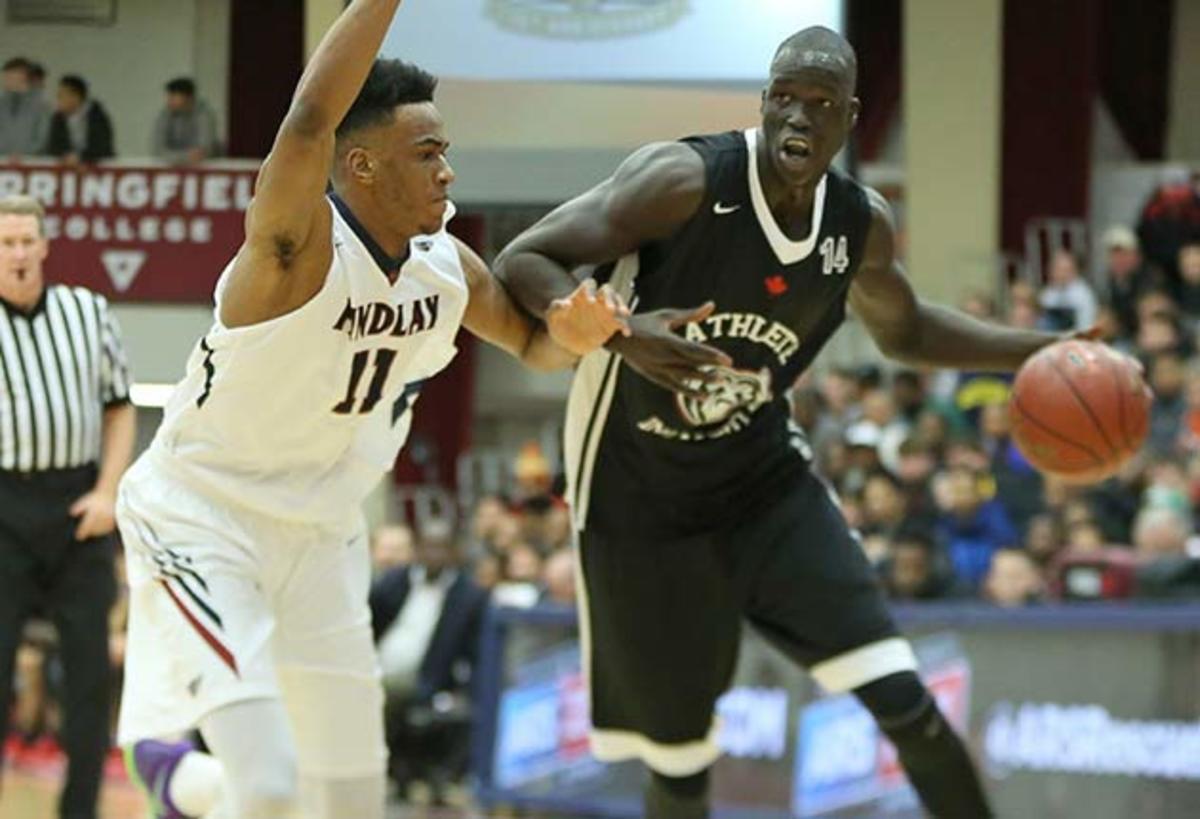
Anonymous NBA scout #1:He's a guy that I think is more two or three years away. If we were drafting him, [we'd tell him to] go spend two or three years in Europe or in the D-League. In my opinion, I don't even think he's a roster guy next year. At some point, I feel like it's just been a hype machine. I've watched probably five games. And what really wows you is that he's super tall. I tried to watch him and then I tried to go back and watch Kevin Durant in high school. This kid has some things where you're like, 'maybe.' But Kevin Durant you knew was a sure shot. I don't see that in this kid. So when you start making comparisons and say he's gonna be a player, we've been saying that since the 10th grade, but now he's in the 12th grade and we're not saying he's a sure shot. We haven't seen that evolution. We haven't seen him take that next step. So what makes me want to take him even in the first round at all, unless you're a deep playoff team and you don't care if he plays in three years or not.
Anonymous NBA executive: It will be interesting to see what the league decides regarding his eligibility. It's not clear at all. That clause in the CBA has never been interpreted to cover a situation like his, so the CBA people around the league will be interested to see what the result is.

Open Floor: SI's NBA podcast
Sports Illustrated Podcast Network



Andrew Sharp, NBA writer: If I had to predict a role, I think I'd go with... a high-energy third big man one day? Jumaine Jones? But maybe that's just because I wanted an excuse to remember Jumaine Jones.
I watched Maker play at the Hoop Summit over All-Star Weekend in Toronto. And while he was a year or two older than most everyone else, he didn't stand out. He looked gangly and raw, just like most every other player there who won't play in the NBA, except Thon Maker was more famous than the rest of them combined.
It goes back to that one video—Thon Maker REVOLUTIONARY 7 FOOTER - Incredible Sophomore - Class of 2016 Basketball—that hit the web a few years ago. I still remember co-workers telling me I had to watch. This was the next Durant, or Nowitzki, or... something. For a while, at least a few months, Thon Maker became shorthand for basketball's future. He was the guy to mention when you casually dreamed about drafts three years down the line. Part of this was because his name alone makes him sound like a science–fiction project, and then, the highlights did the rest of the work for us.
Two years later, with another viral video declaring for the draft, reality has set in. Watching him in real life doesn't inspire crazy NBA comparisons or dreams for the future, but meta-questions about viral videos and what the internet does to teenage phenoms. Is it healthy for a 16–year–old to be the basketball equivalent of a Vine star? Probably not. But it's also not Maker's fault that his highlight video was well–edited and hoops message boards decided he was the next Kevin Durant. So with that said, let's hope this works. It will take a few years, but all it takes is one team to show faith. There may not be a revolution at the end of this journey, but a solid NBA career would be good enough.
• MORE NBA: Big Board 1.0: Top 20 prospects in 2016 NBA draft
Chris Johnson, CBB writer: Earlier this year, Maker told me why he was particularly interested in a group of six colleges. Now we’re trying to project how he’ll fare in the NBA in a few months. Maker has the size, athleticism and motor to develop into a useful frontcourt role player. He can knock down jumpers, block shots and he works hard on both ends. Maker still needs to fill out his lanky frame, but he’s bulked up during his high school career and should pack on more muscle once he gets to the league. Though he could have used a year to prepare for NBA-sized forwards and centers, Maker’s athletic tools and skills are intriguing enough that some team could take him in the first round. The hype surrounding Maker has long since crossed over from absurd to “just stop.” Maker will never develop into a “Kevin Durant-Chris Paul combo,” as one outlet described him in February 2014, but he could have a productive professional career.
Photos: Biggest NBA draft busts of all time
Biggest NBA Draft Busts Of All Time
Anthony Bennett, Cavaliers | No. 1 pick, 2013
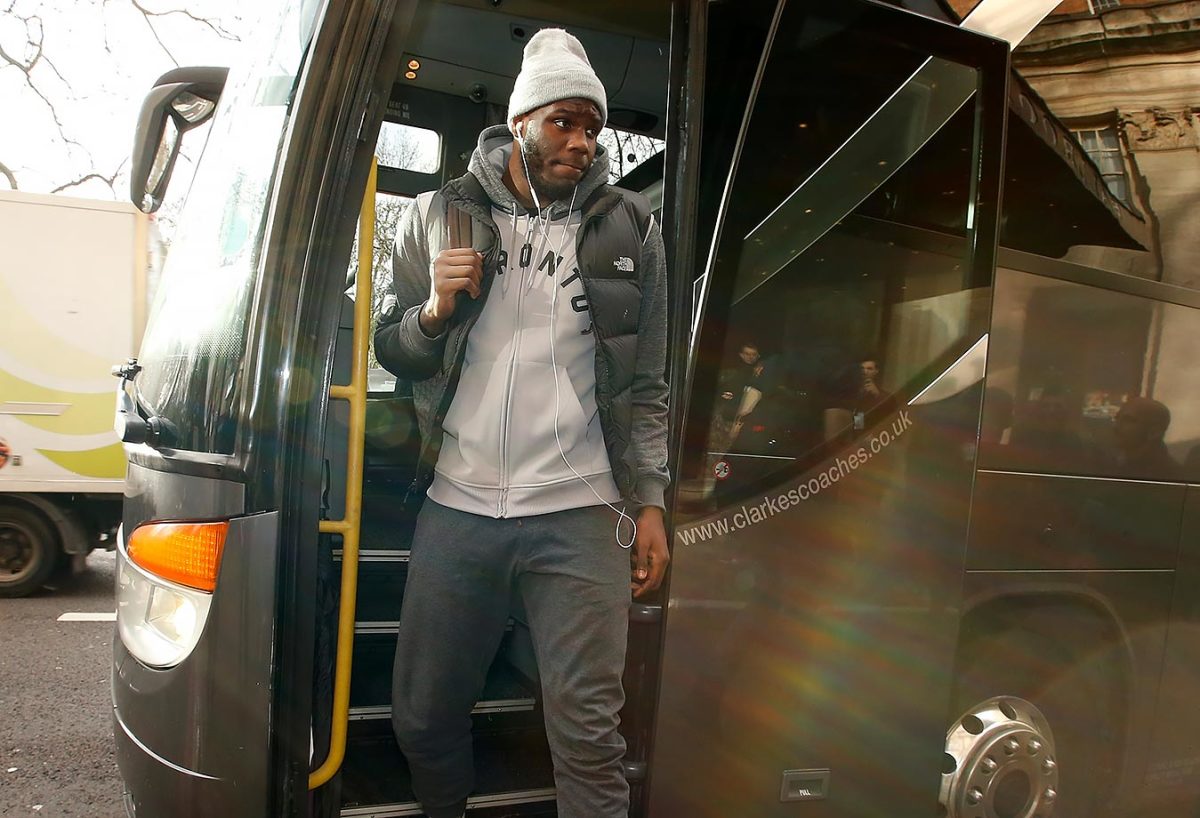
After burning out in both Cleveland and Minnesota in just two years, Bennett hardly logged any minutes in Toronto when the Raptors waived him on Feb. 29, 2016. The No. 1 overall pick, who was recently dropped by the Nets, owns averages of 4.4 points and 3.1 rebounds in just 12.6 minutes per game.
Hasheem Thabeet, Grizzlies | No. 2 pick, 2009
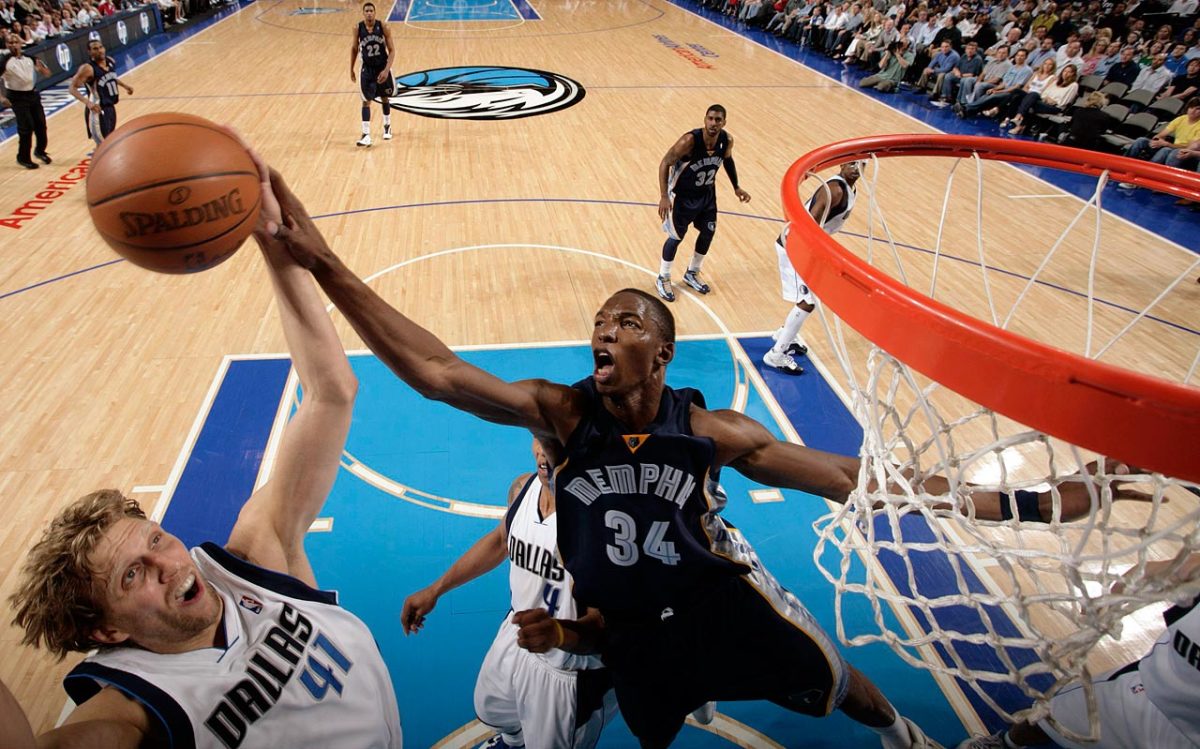
Thabeet has already been passed from Memphis to Houston to Portland to Oklahoma City. The former UConn center was always thought to be a long-term project, but he's yet to develop into a solid NBA center. He has career averages of 2.2 points and 2.7 rebounds in 10.5 minutes.
Joe Alexander, Bucks | No. 8 pick, 2008
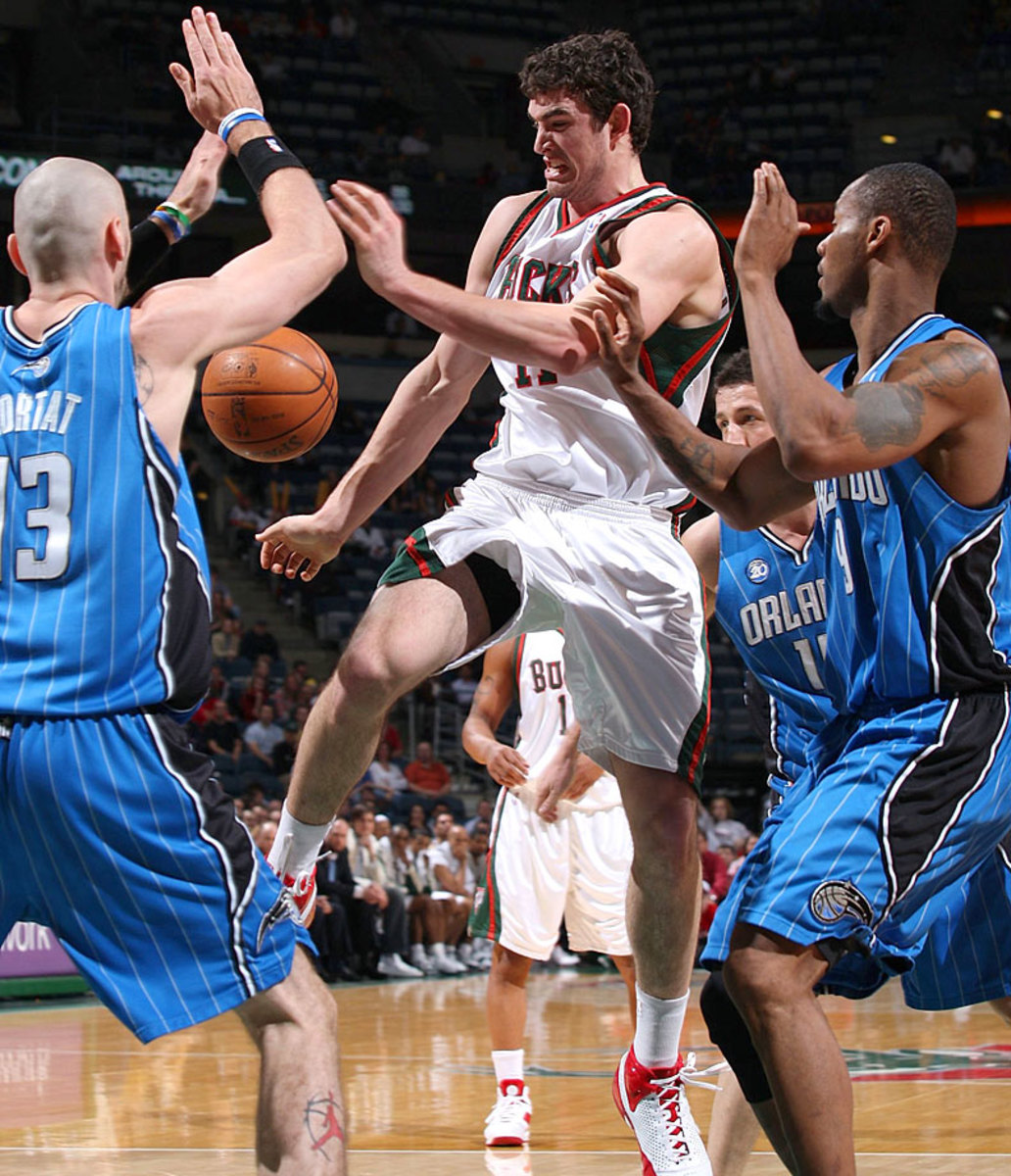
Alexander hasn't played in the NBA since 2010 (he was in Warriors camp in 2013) after averaging 4.2 points in 67 games. Ryan Anderson, Serge Ibaka and Nicolas Batum were among the fellow forwards who were taken after Alexander in the first round.
Greg Oden, Trail Blazers | No. 1 pick, 2007
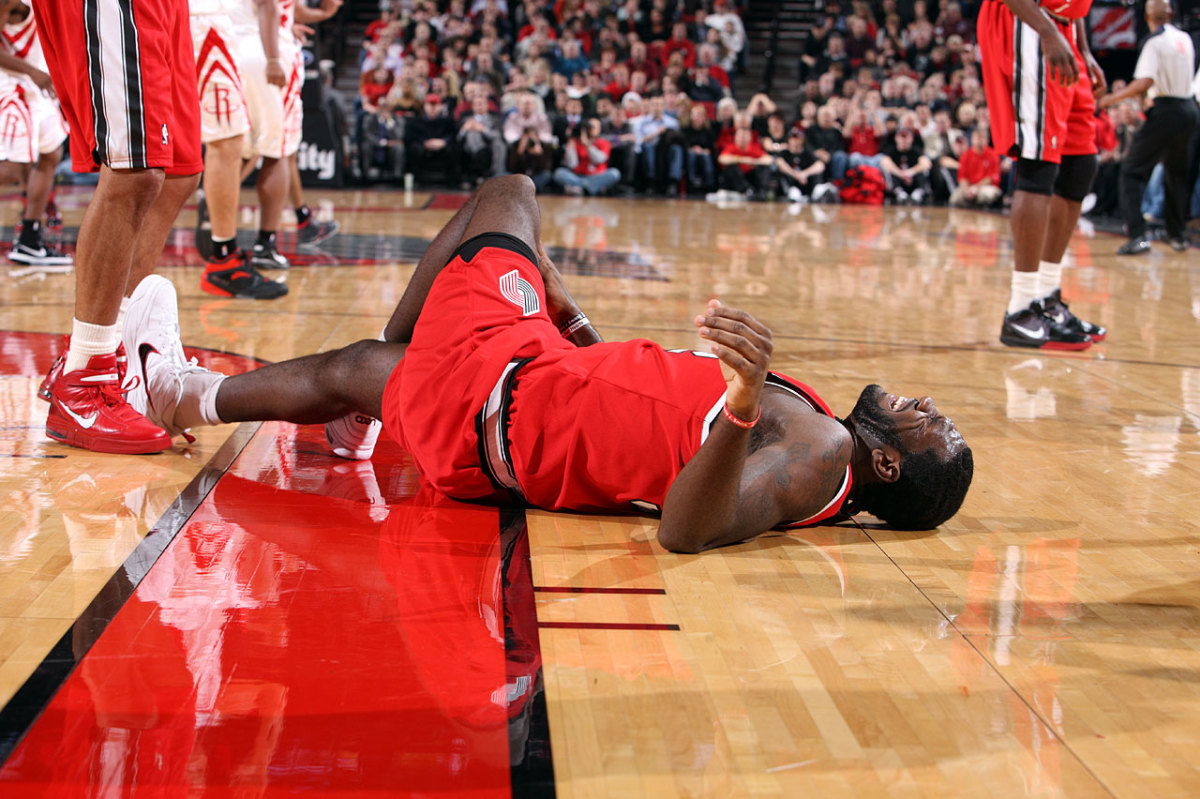
"I know I'm one of the biggest busts in NBA history and I know that it'll only get worse as Kevin Durant continues doing big things ... It's frustrating that my body can't do what my mind wants it to do sometimes. But worrying or complaining about it isn't going to fix anything," said Oden. After being released by the Blazers in March 2012, Oden spent the entire 2012-13 season rehabilitating from multiple knee surgeries. He last played, sparingly, with the Heat in 2014.
Adam Morrison, Bobcats | No. 3 pick, 2006
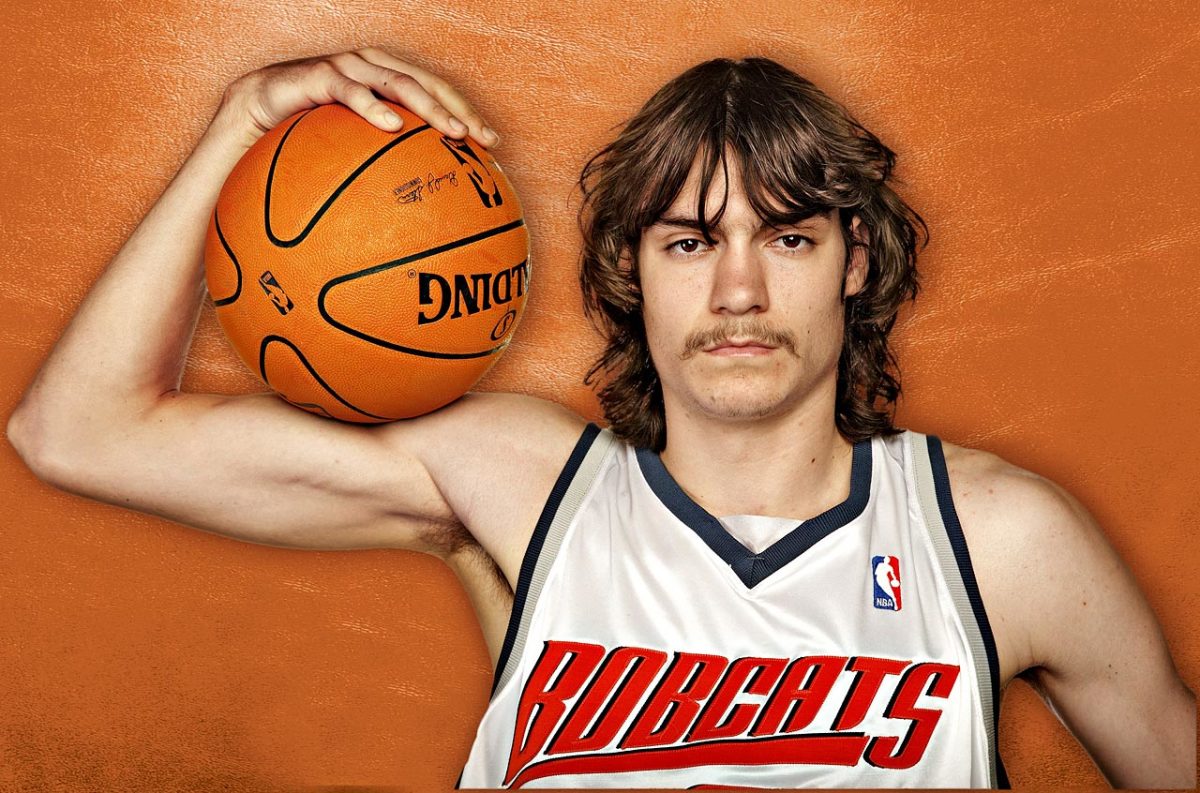
Five years after missing on Kwame Brown, Michael Jordan fared no better with Morrison. The former Gonzaga star averaged 11.8 points as a rookie but shot only 37.6 percent. He missed the next season with a knee injury, was traded to the Lakers in 2009 and quietly fell out of the league in 2010.
Fran Vazquez, Magic | No. 11 pick, 2005
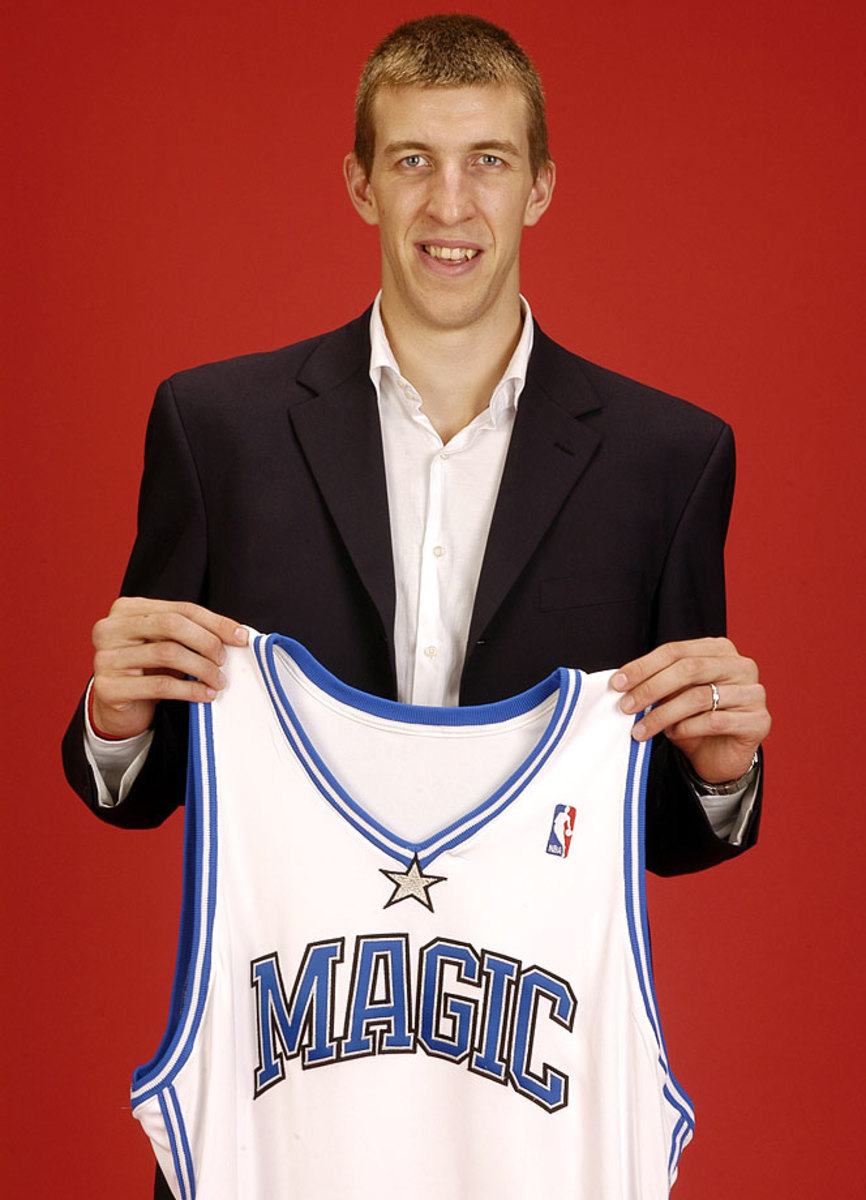
This isn't about the Spanish big man's NBA body of work — after all, there is none. It's about the fact that Orlando used a valuable lottery pick on a player who hasn't even suited up for them. Vazquez is now 31 with over a decade under his belt in the Spanish league.
Rafael Araujo, Raptors | No. 8 pick, 2004
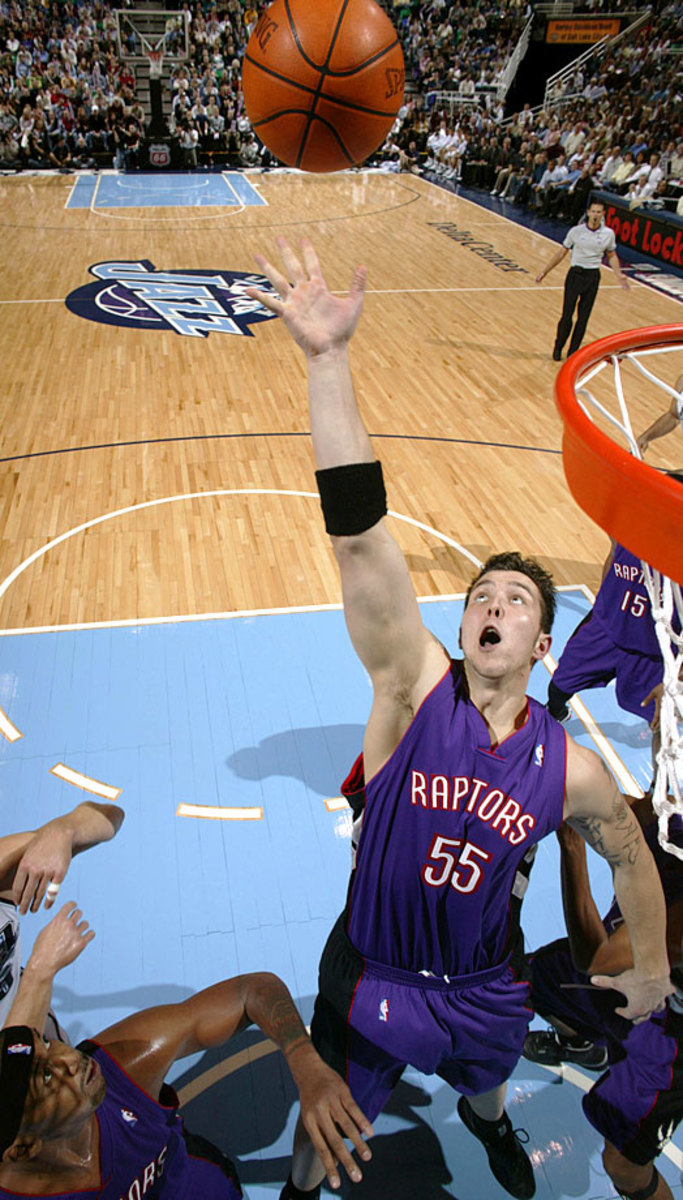
He went about 10 spots higher than was expected, and about 25 spots higher than was deserved. The 6-11 center from BYU was a three-year washout in the NBA.
Darko Milicic, Pistons | No. 2 pick, 2003
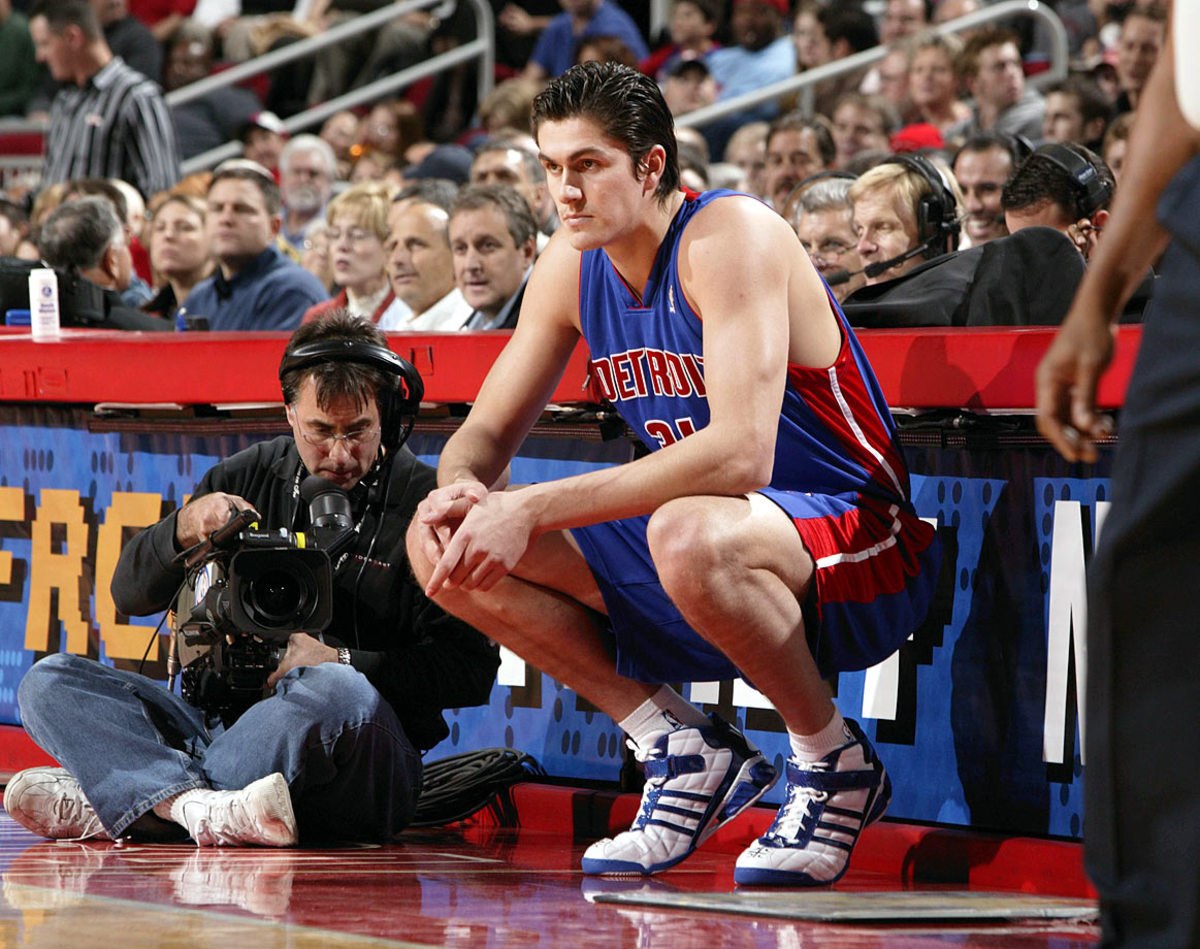
LeBron James, Milicic, Carmelo Anthony, Chris Bosh and Dwyane Wade — which top five pick from 2003 doesn't belong? In fairness, the 28-year-old Milicic showed flashes of strong play. But overall, in 10 seasons Milicic averaged 6.0 points and 4.2 rebounds while playing for six teams; he did not play in the NBA in 2013-14. Joe Dumars and the Pistons whiffed on this one.
Nikoloz Tskitishvili, Nuggets | No. 5 pick, 2002
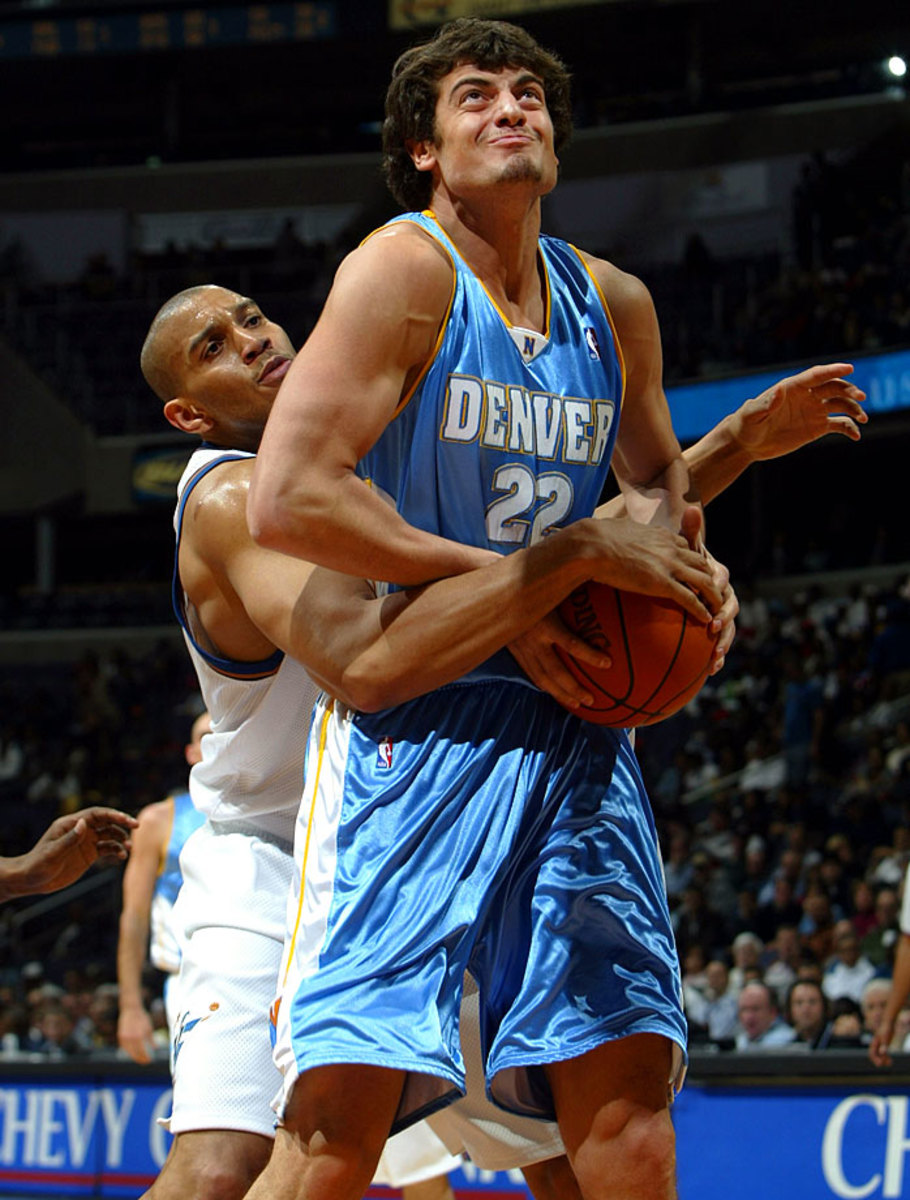
Skita created a buzz with his predraft workouts, and that was that. Four teams discarded him in four seasons. Then-GM Kiki Vandeweghe and the Nuggets did better with the other 19-year-old they acquired two picks later: Nene.
Kwame Brown, Wizards | No. 1 pick, 2001
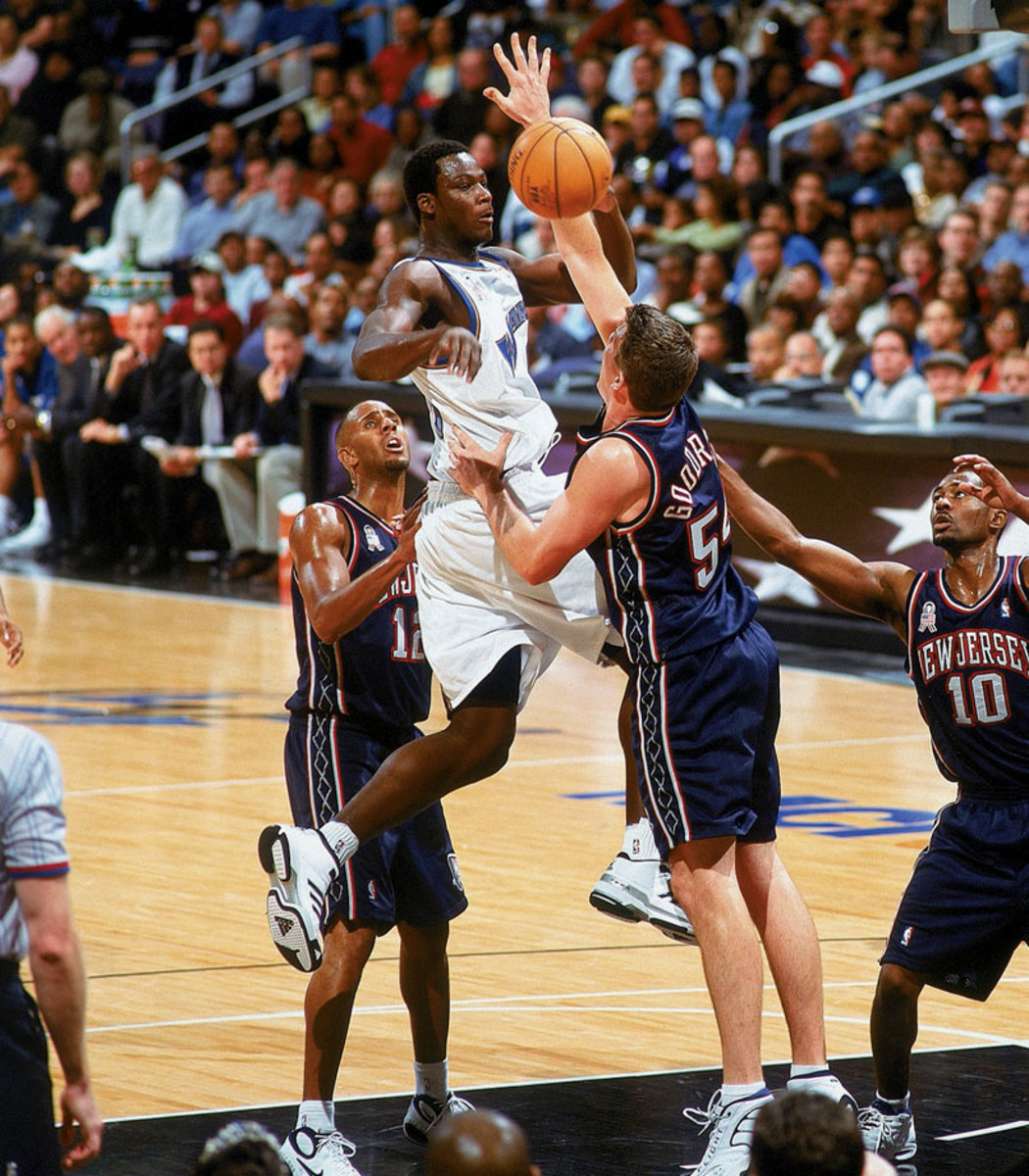
Michael Jordan's handpicked choice played for seven teams in 12 seasons and sports career averages of 6.6 points and 5.5 rebounds. Brown, however, did experience something of a rebirth after reuniting with Jordan in Charlotte in 2010-11, when the 6-11 center averaged 9.4 points and 7.0 rebounds. Those were his best numbers since 2006-07. He was hurt for most of 2011-12 after signing with Golden State and played limited minutes with Philadelphia in 2012-13 before being waived in November 2013.
2000 first round
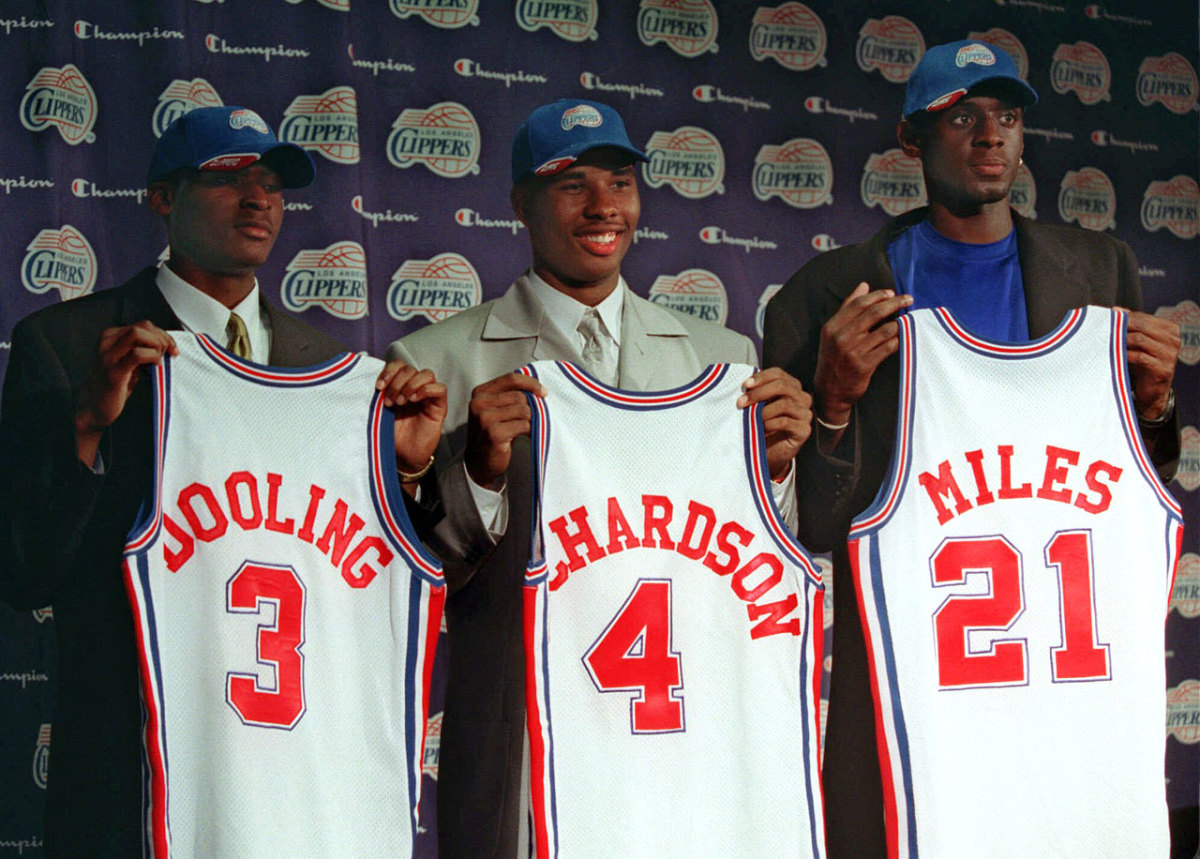
Most of the GMs in '00 got their picks right; this was just a bad group of players. Here was the top half of the first round: Kenyon Martin, Stromile Swift, Darius Miles, Marcus Fizer, Mike Miller, DerMarr Johnson, Chris Mihm, Jamal Crawford, Joel Przybilla, Keyon Dooling, Jerome Moiso, Etan Thomas, Courtney Alexander, Mateen Cleaves and Jason Collier. Particularly unfortunate for the Clippers, who wound up with three of the top 18 picks.
Jonathan Bender, Pacers (via Raptors) | No. 5 pick, 1999
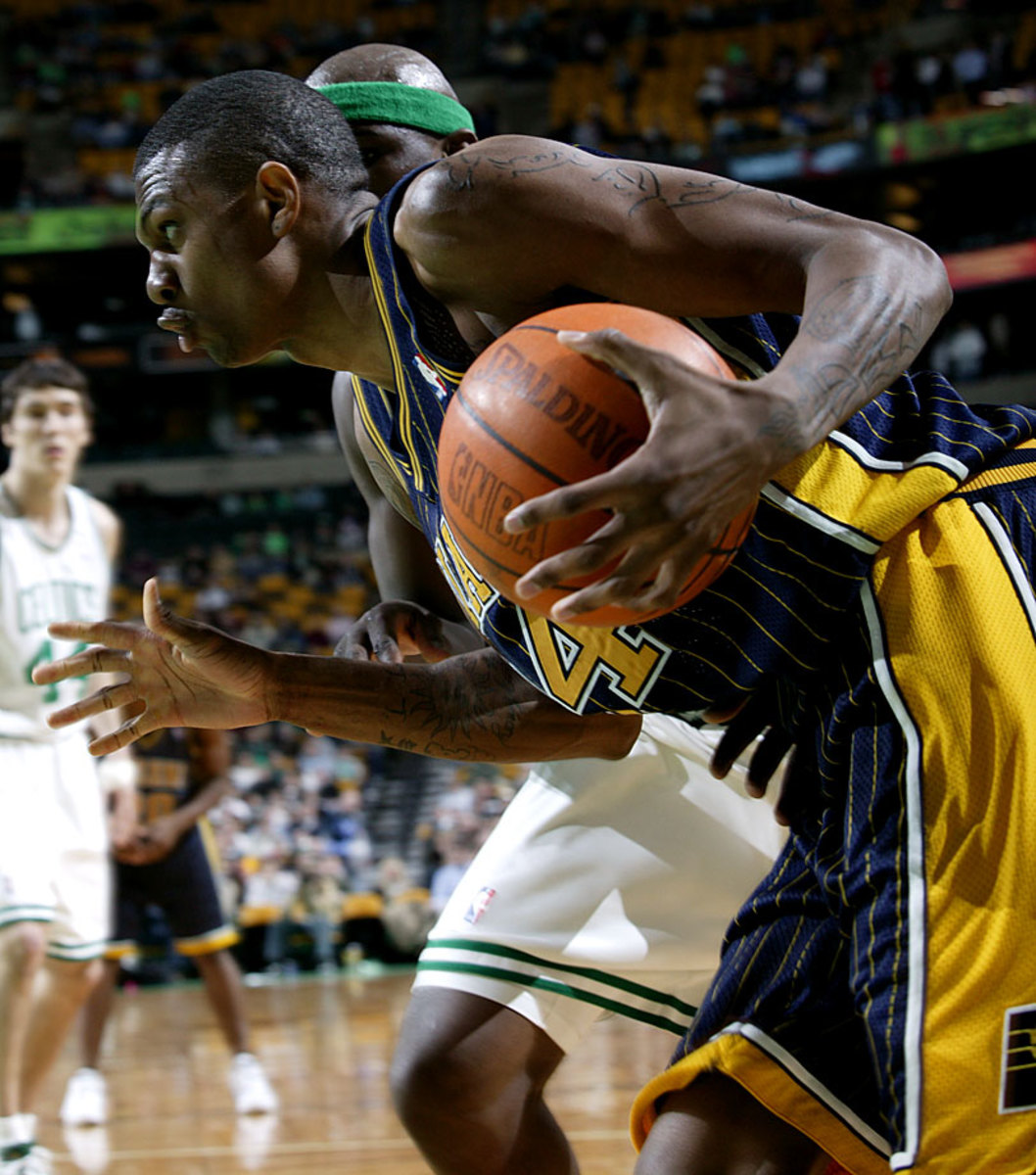
Indiana acquired the draft rights to the preps-to-pros, Kevin-Garnett look-alike for solid big man Antonio Davis. Bender showed tantalizing flashes of his potential but never put it together before cutting short his career because of knee injuries in February 2006. Bender had a 25-game comeback with the Knicks in 2009-2010.
Michael Olowokandi, Clippers | No. 1 pick, 1998
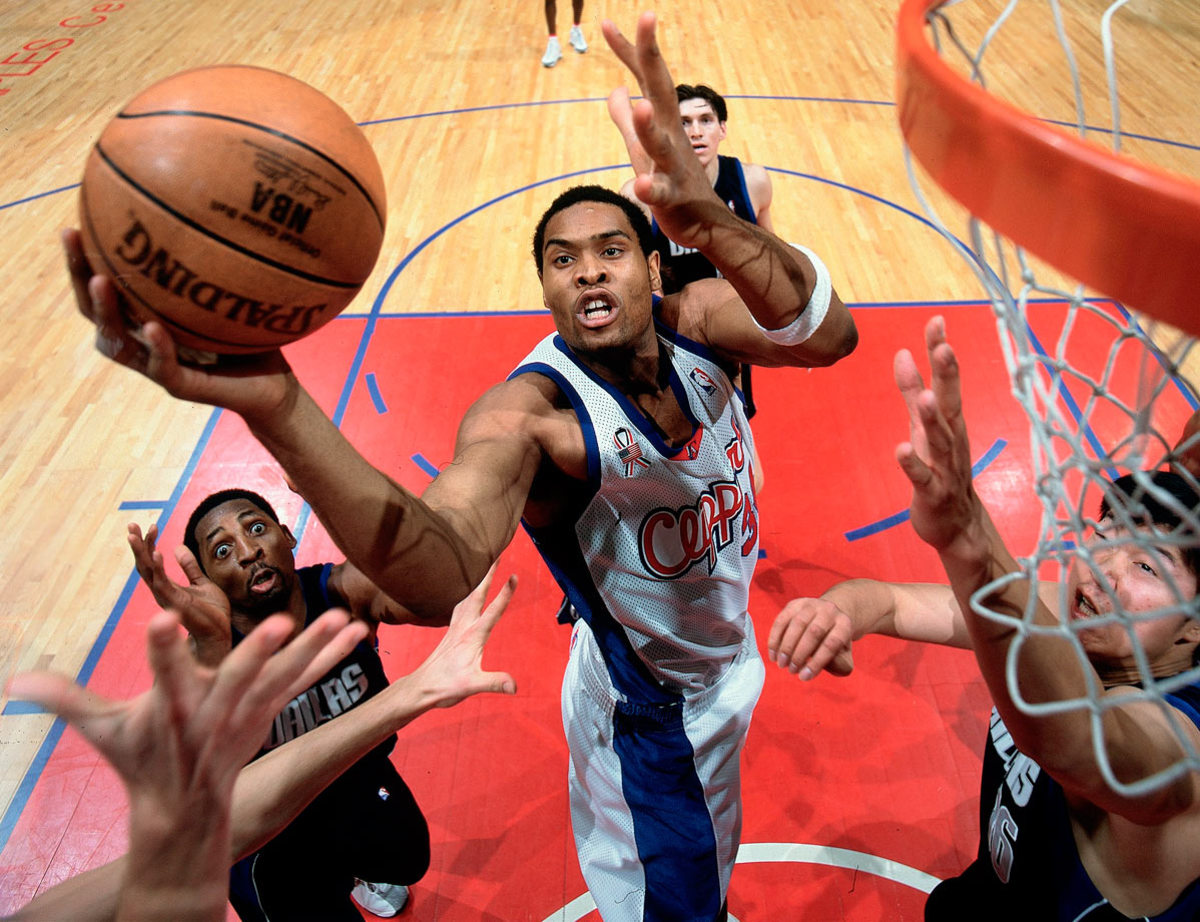
Bust-worthy on so many levels. The Kandi Man was taken before future All-Stars Antawn Jamison, Vince Carter, Dirk Nowitzki and Paul Pierce and a host of more suitable selections. Even the final pick of the first round, Nazr Mohammed, has had a much more distinguished career in the pivot.
Robert Traylor, Bucks (via Mavs) | No. 6 pick, 1998
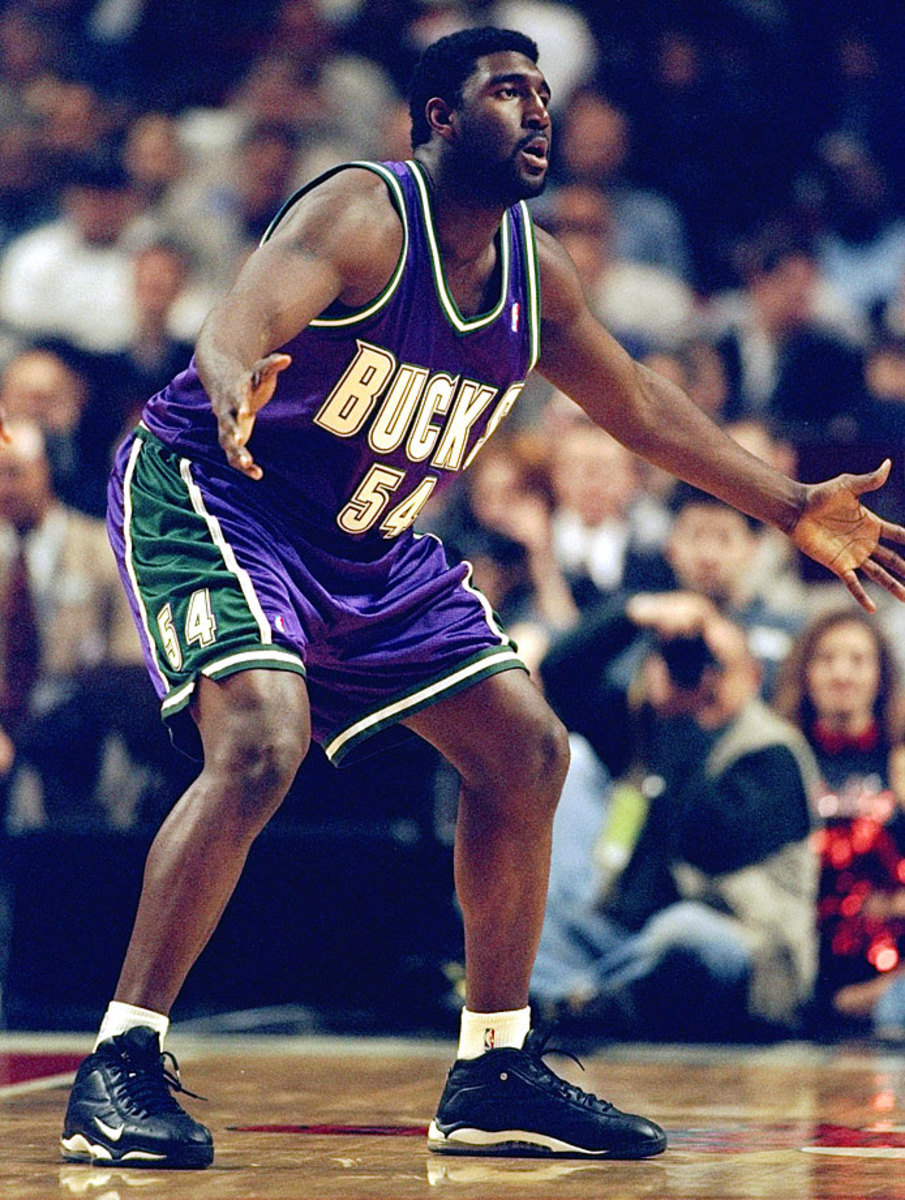
In a prearranged draft-night trade that turned into one of the most lopsided deals in history, the Mavericks sent Traylor to the Bucks for Dirk Nowitzki and Pat Garrity, whom Dallas dealt to Phoenix for Steve Nash. Nowitzki was named MVP in 2007 and led the Mavs to the 2011 title with an epic postseason performance. Meanwhile, the Tractor averaged 4.8 points and 3.7 rebounds in seven seasons.
Joe Smith, Warriors | No. 1 pick, 1995
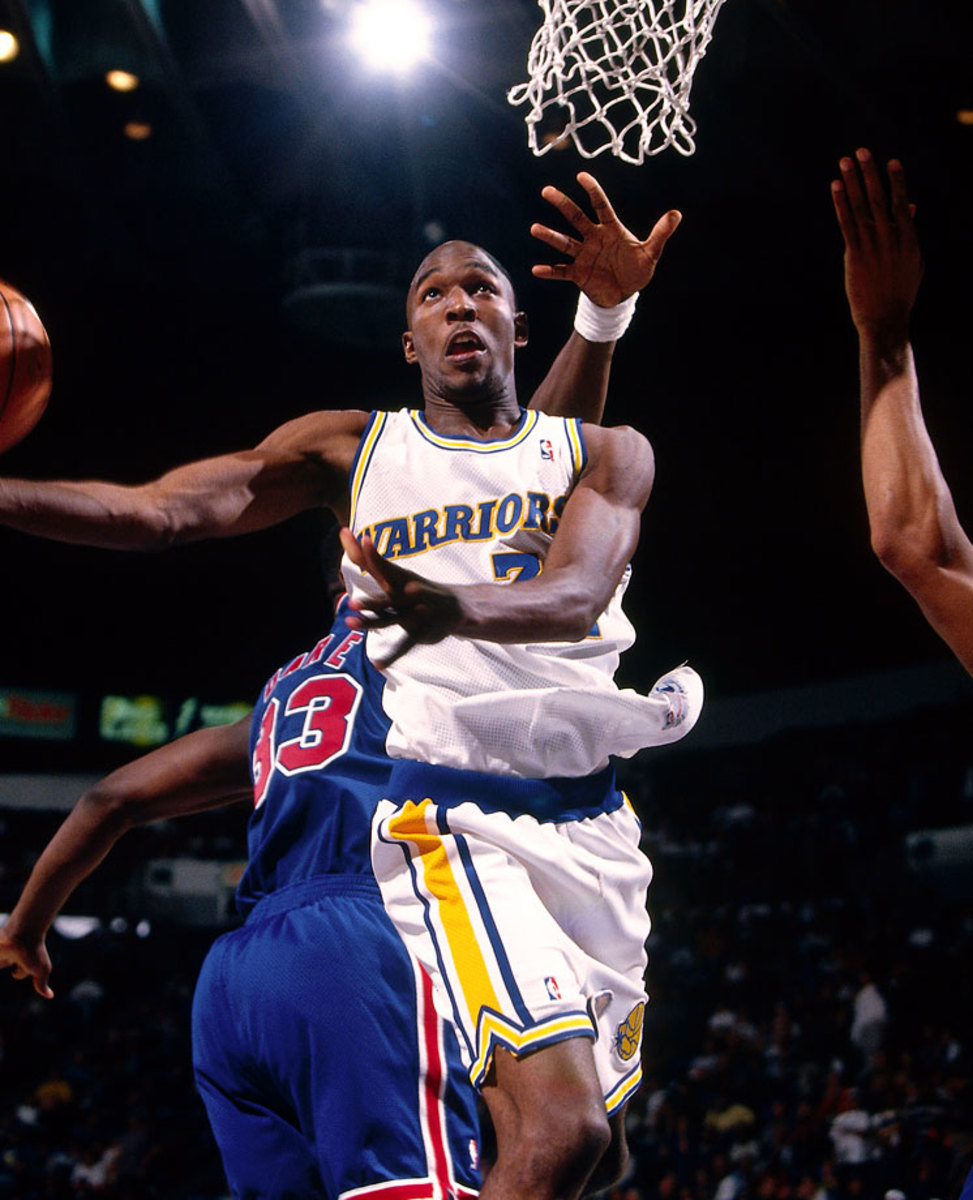
Average in name and game, Smith was serviceable while playing for 12 teams over 16 years, but later selections Antonio McDyess, Jerry Stackhouse, Rasheed Wallace and (especially) Kevin Garnett enjoyed better careers.
Ed O'Bannon, Nets | No. 9 pick, 1995
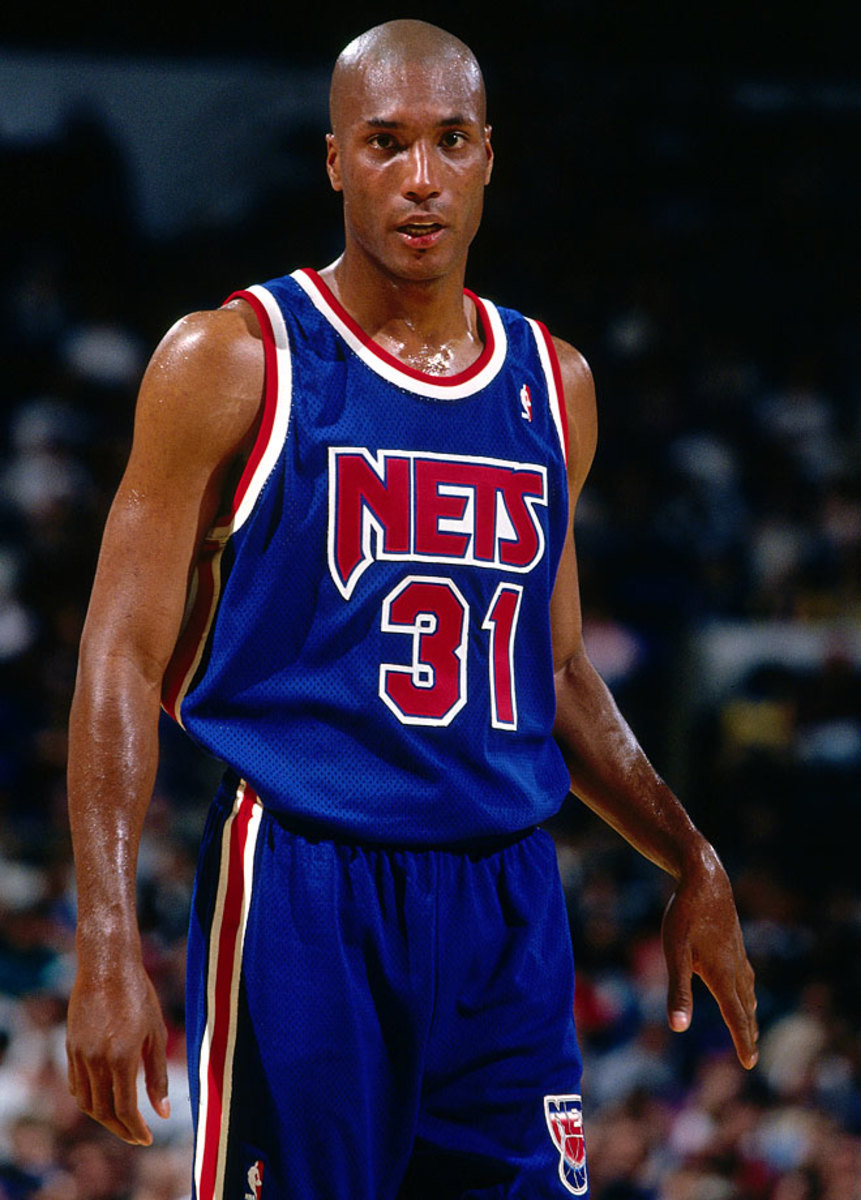
The older and better of the brothers who led UCLA to an NCAA championship in 1995, O'Bannon is the perfect example of a player who had multiple talents but none that rose to an NBA level. He lasted only two seasons, playing with the Nets and Mavericks.
Shawn Bradley, 76ers | No. 2 pick, 1993
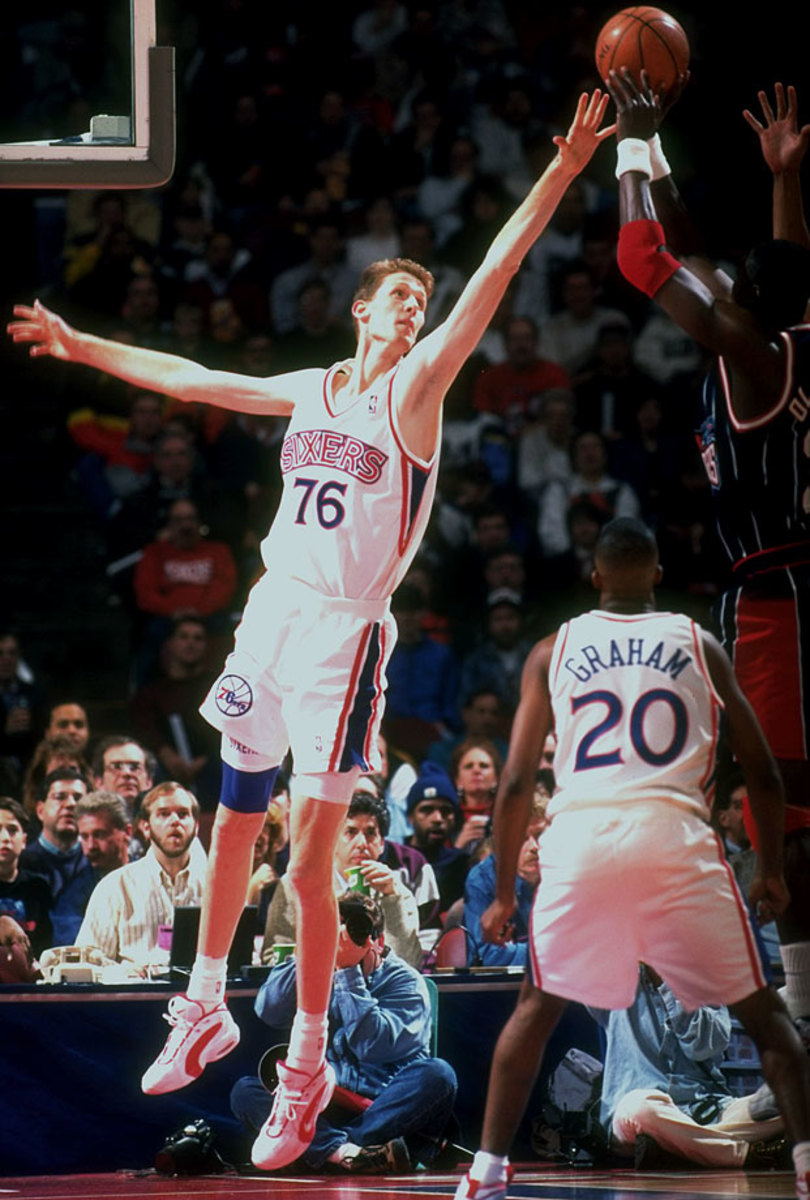
Find him on a poster near you. To his credit, Bradley developed into a so-so big man who ranks 14th on the all-time list in blocks. He's the perfect example of a player whose draft position colors the perception of his career.
Bo Kimble, Clippers | No. 8 pick, 1990
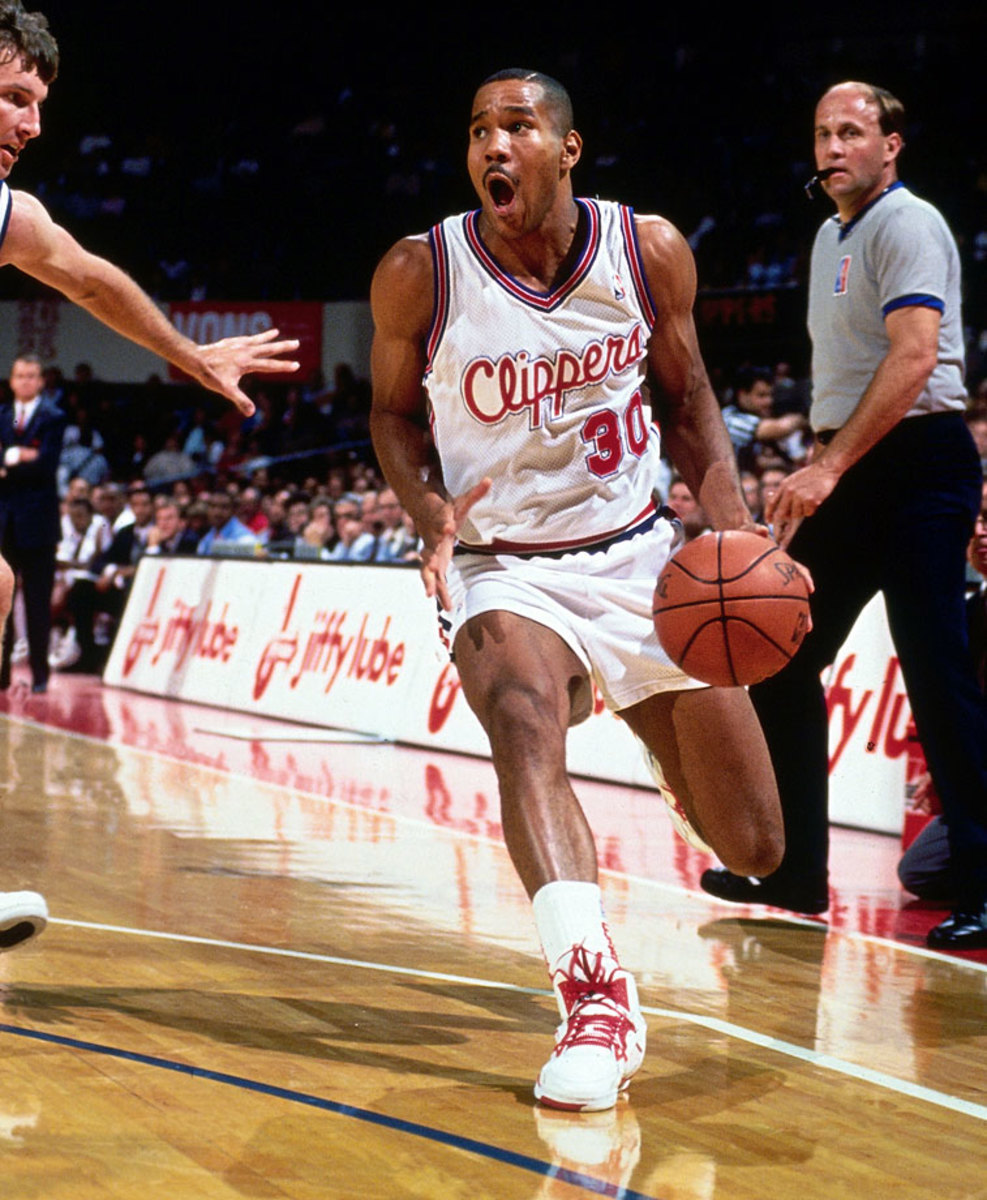
A high-scoring, high-profile college star at Loyola Marymount, Kimble was out of the league after 105 NBA games split between the Clippers and Knicks.
Danny Ferry, Clippers | No. 2 pick, 1989
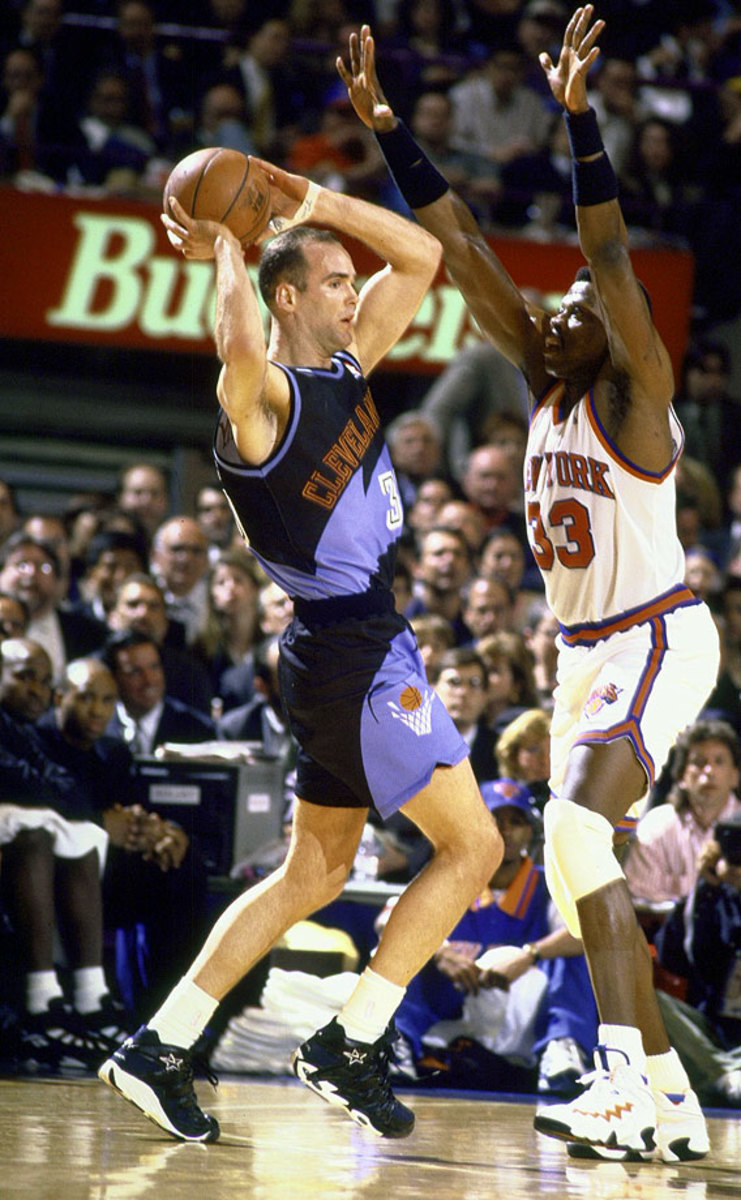
Ferry had no interest in playing for the Clippers so he toiled for a season in Italy before Los Angeles agreed to trade his rights. Well-respected Cavs GM Wayne Embry made one of the worst moves of his career by sending scoring machine Ron Harper to the Clippers for Ferry, who spent 10 nondescript seasons in Cleveland. (Incidentally, the player taken before Ferry, Pervis Ellison, makes many "bust" lists, though he did have a couple of strong seasons before injuries wrecked his career.)
Dennis Hopson, Nets | No. 3 pick, 1987
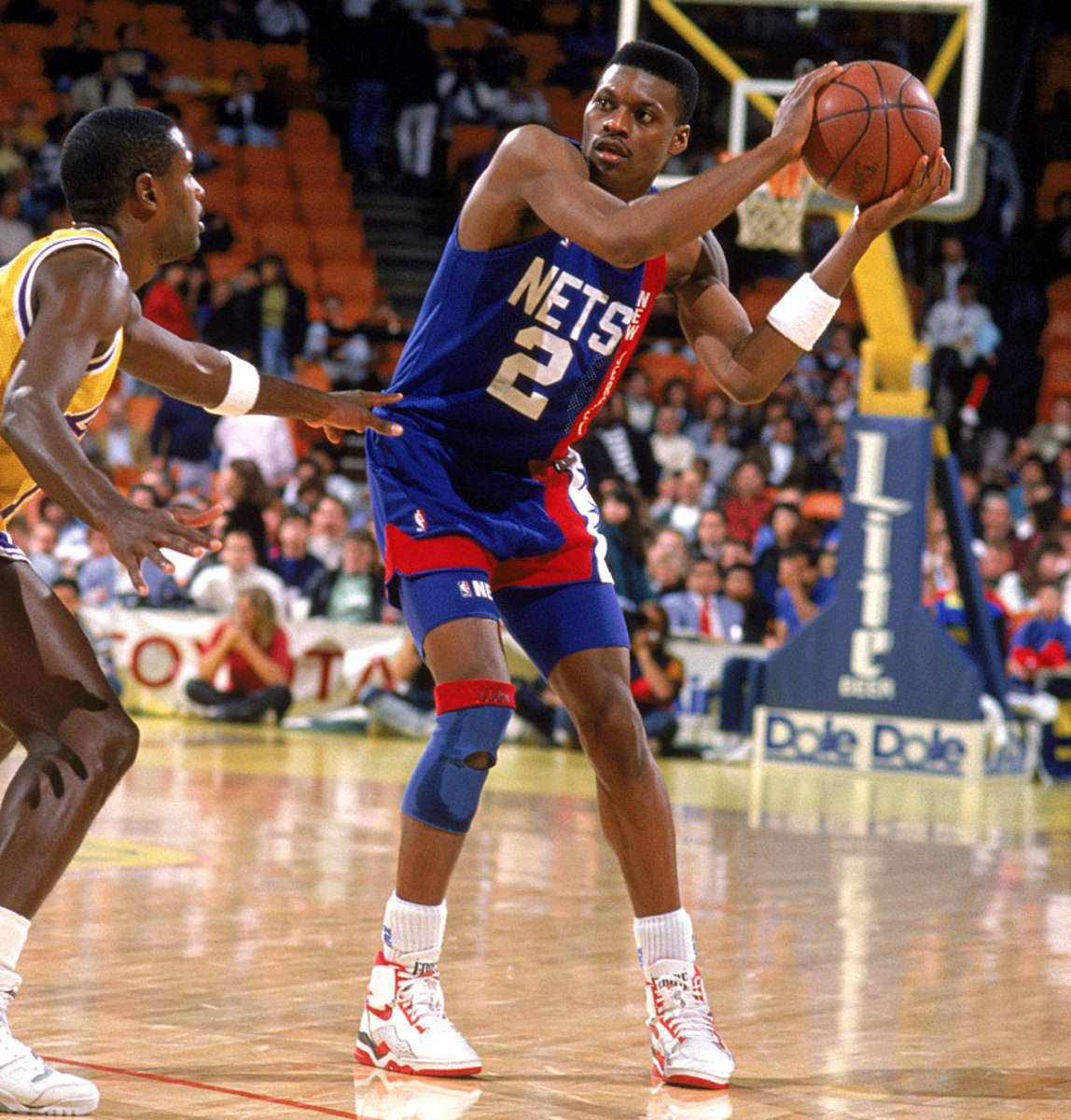
The first in a series of "Next Jordans" flamed out before producing a fraction of what MJ accomplished. Hopson averaged 10.9 points in five seasons.
Chris Washburn, Warriors | No. 3 pick, 1986
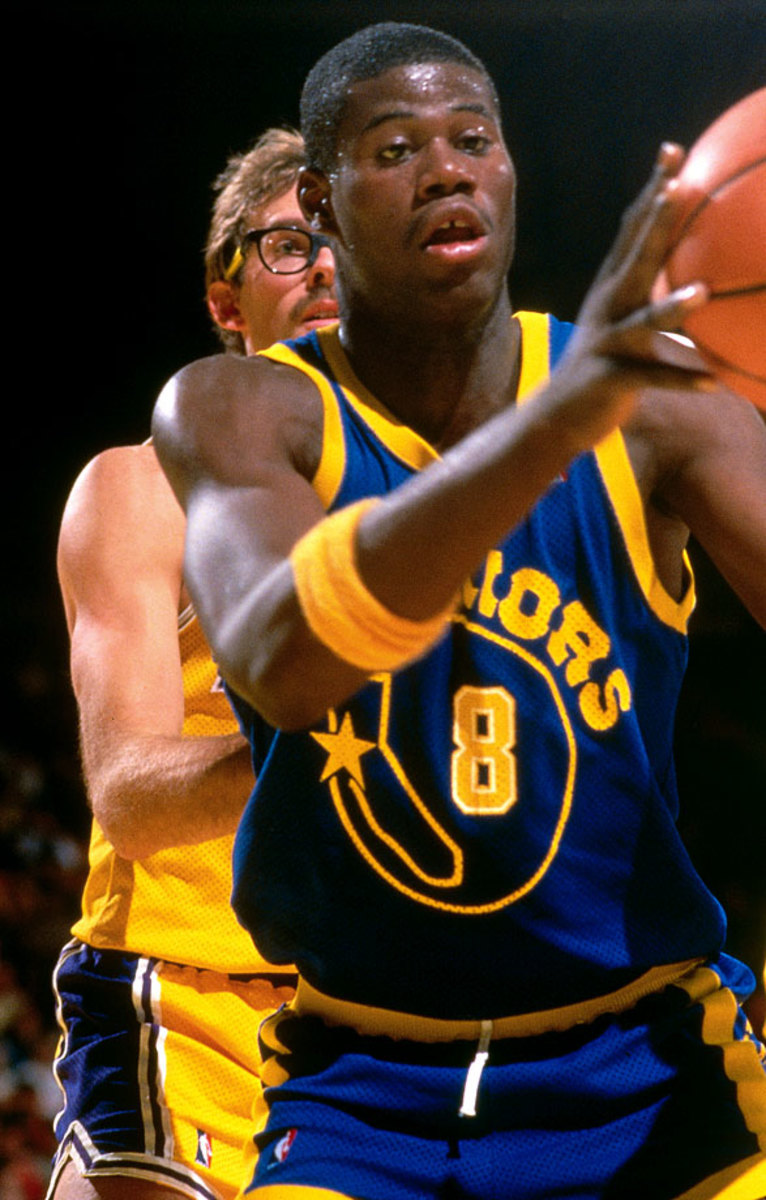
The North Carolina State product totaled 222 points in 72 career games, as good a representative as any for a draft full of busts.
Jon Koncak, Hawks | No. 5 pick and Joe Kleine, Kings | No. 6 pick, 1985
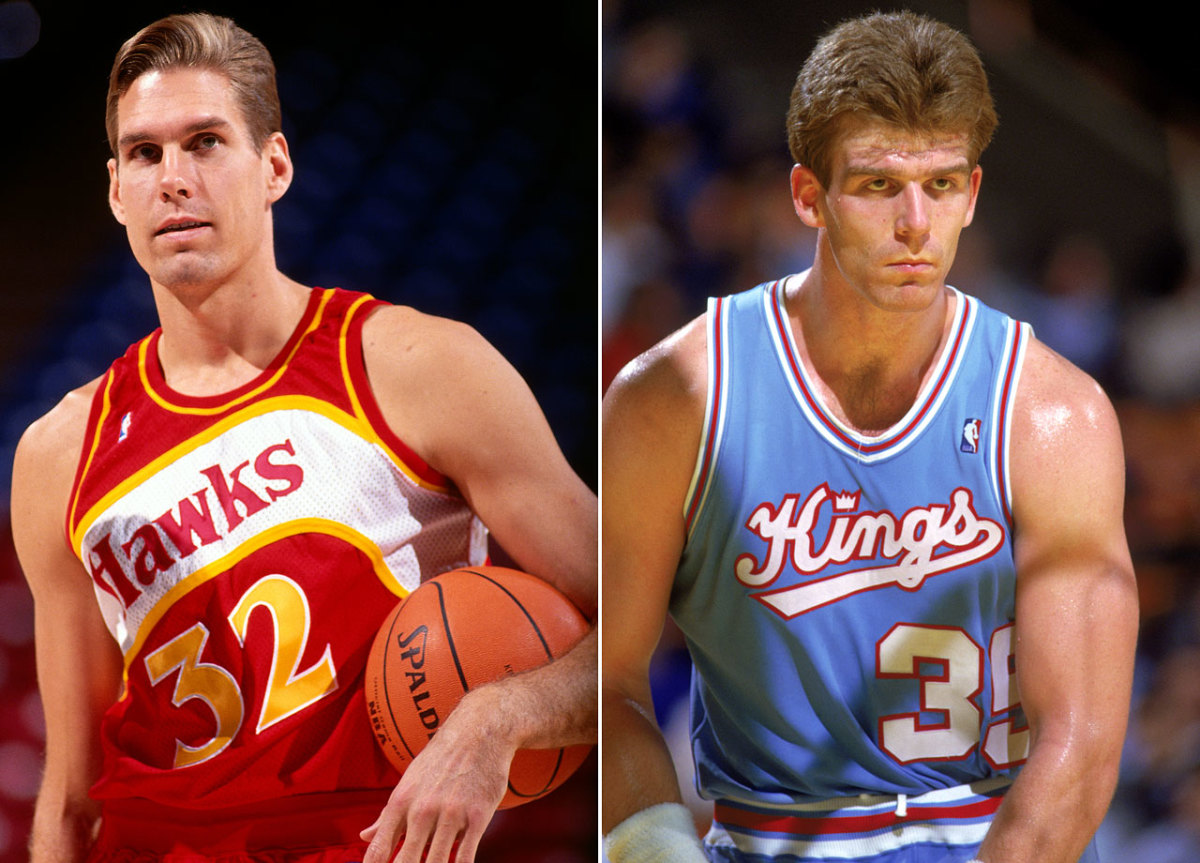
Koncak and Klein spent the bulk of their time in the NBA cashing in on their right to commit six fouls per game.
Sam Bowie, Trail Blazers | No. 2 pick, 1984
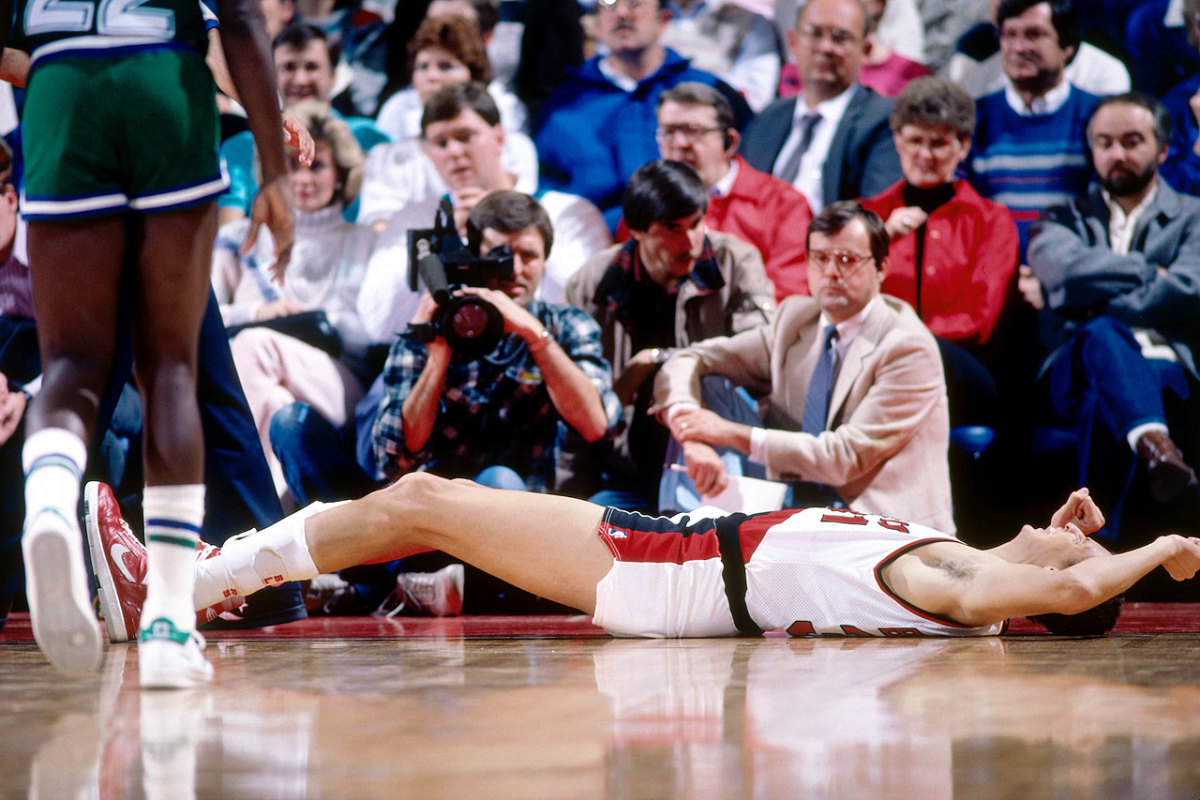
His selection underscores the cardinal rule behind NBA Draftology: You can't draft for need. The Blazers, flush with Jim Paxson and Clyde Drexler on the wings, needed a center and passed on drafting Michael Jordan, Charles Barkley and John Stockton. Bowie struggled with injuries throughout his 10-year run and finished with career averages of 10.9 points and 7.5 rebounds.
Bill Garnett, Mavericks | No. 4 pick, 1982
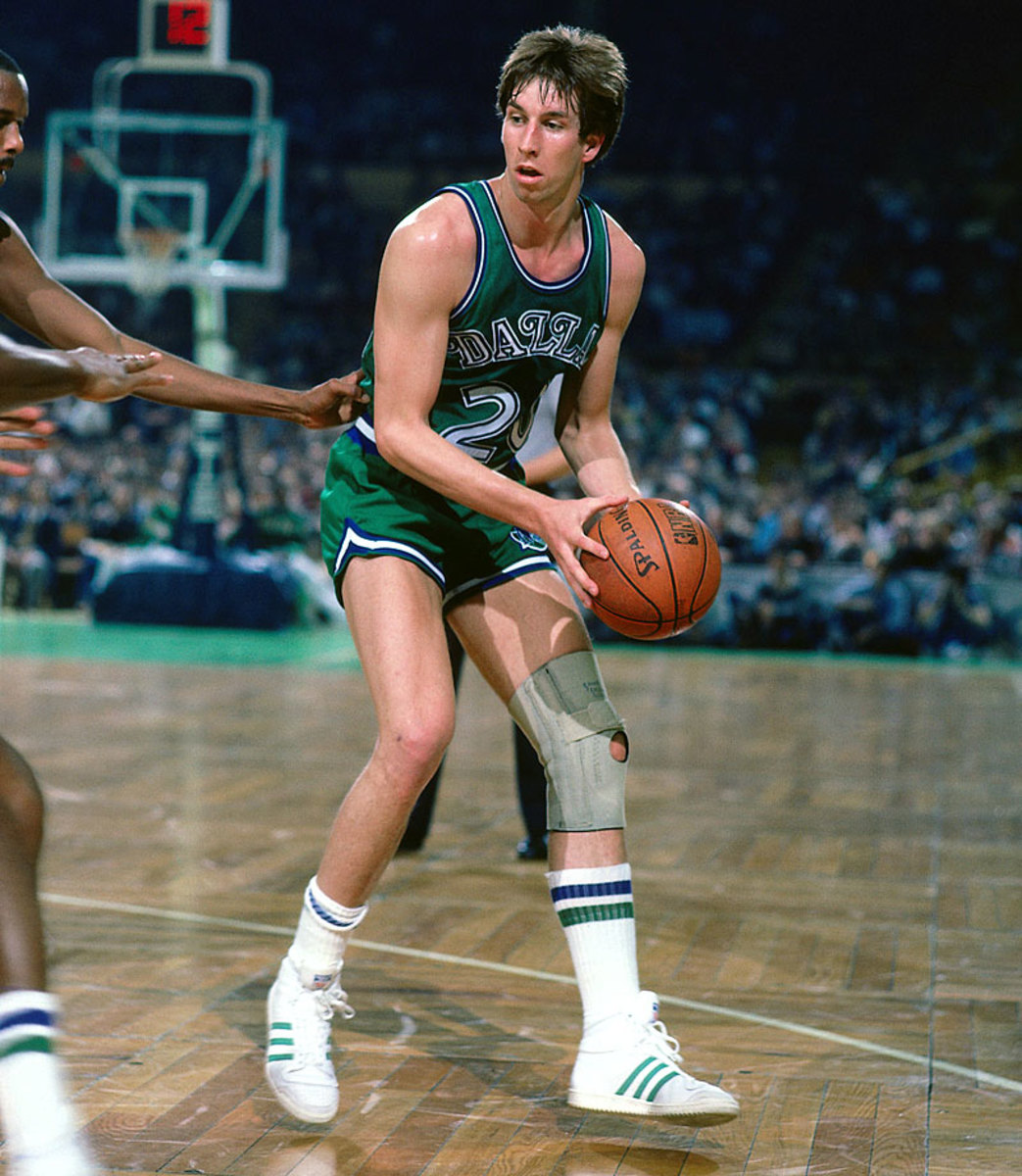
The former Wyoming star split four pedestrian seasons (5.5 points, 4.3 rebounds) between Dallas and Indiana.
Kent Benson, Bucks | No. 1 pick, 1977
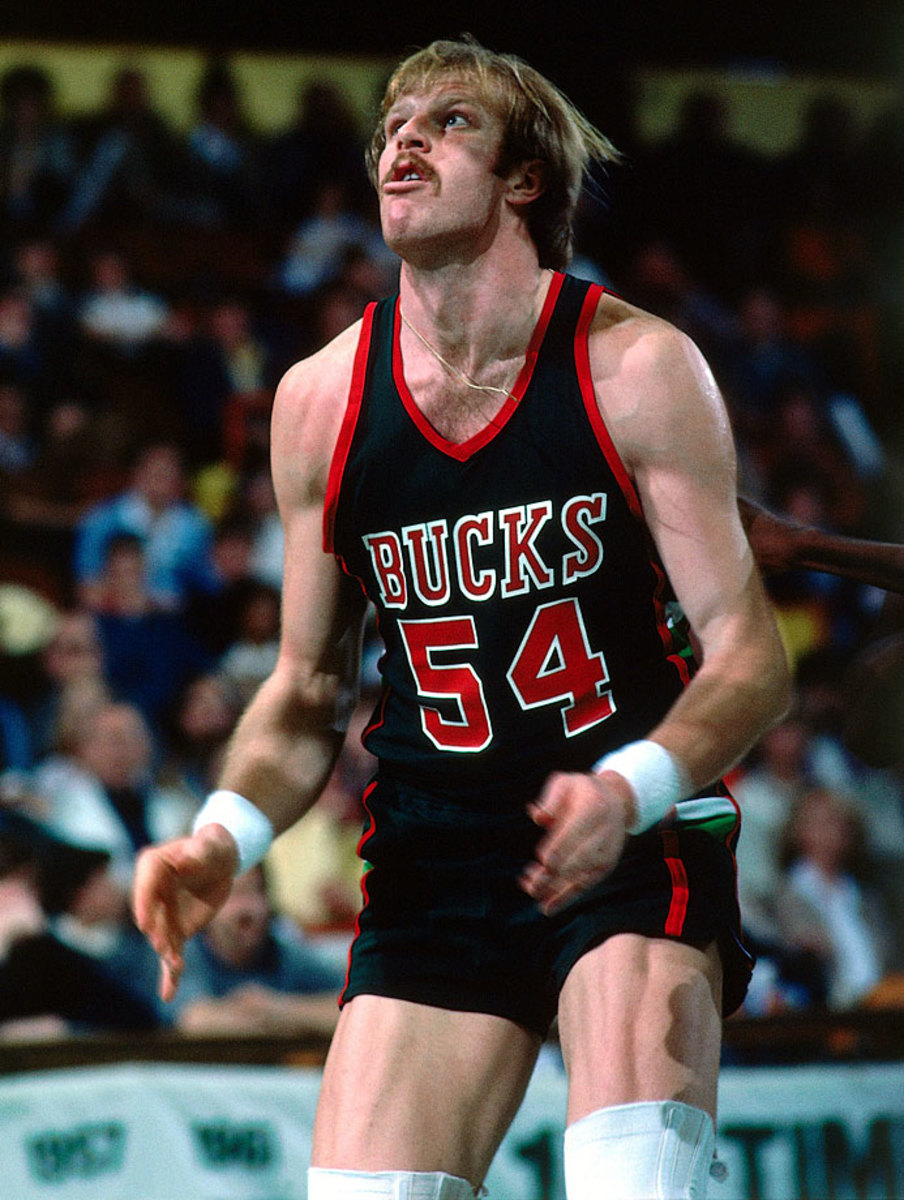
It never got better for Benson than winning the national title at Indiana. He did stick in the NBA for 10 seasons but produced only three double-digit scoring campaigns.
LaRue Martin, Trail Blazers | No. 1 pick, 1972
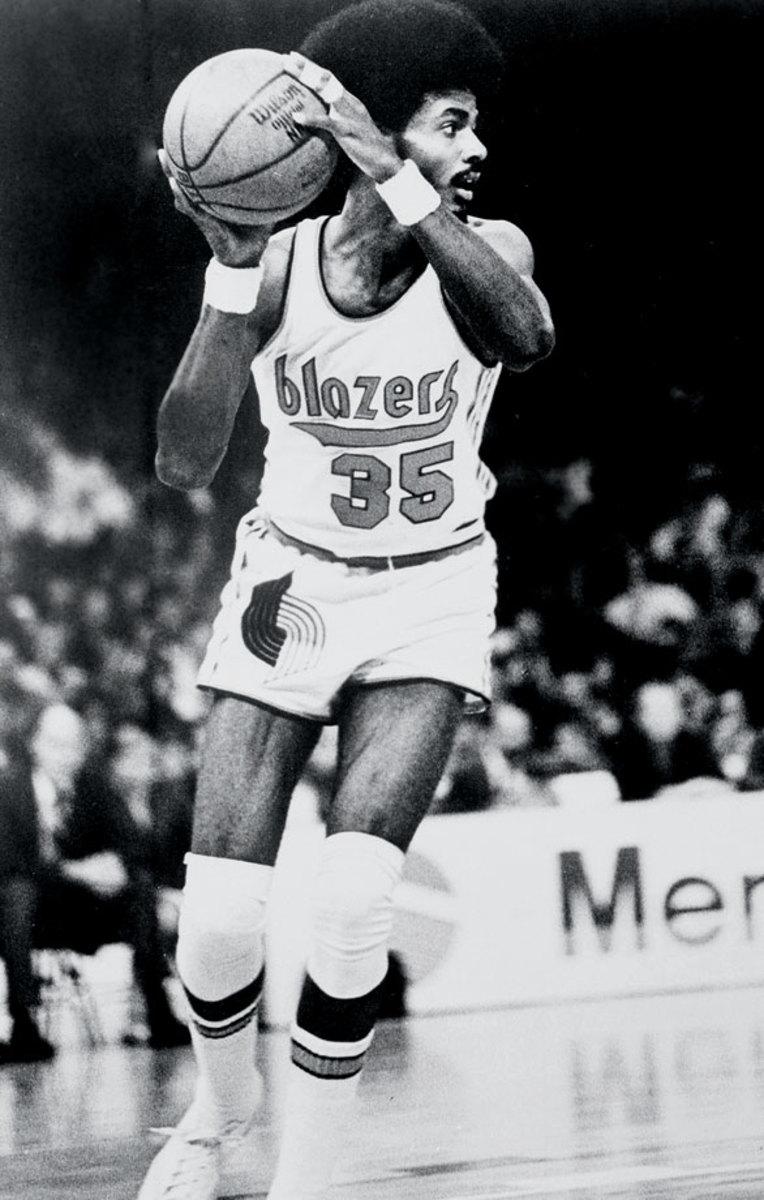
Portland passed on future Hall of Famer Bob McAdoo to take fellow big man Martin, who never averaged more than seven points in his four NBA seasons. The Loyola product retired in 1976, a year before the Blazers won their first and only championship.
Ken Durrett, Cincinnati Royals | No. 4 pick, 1971
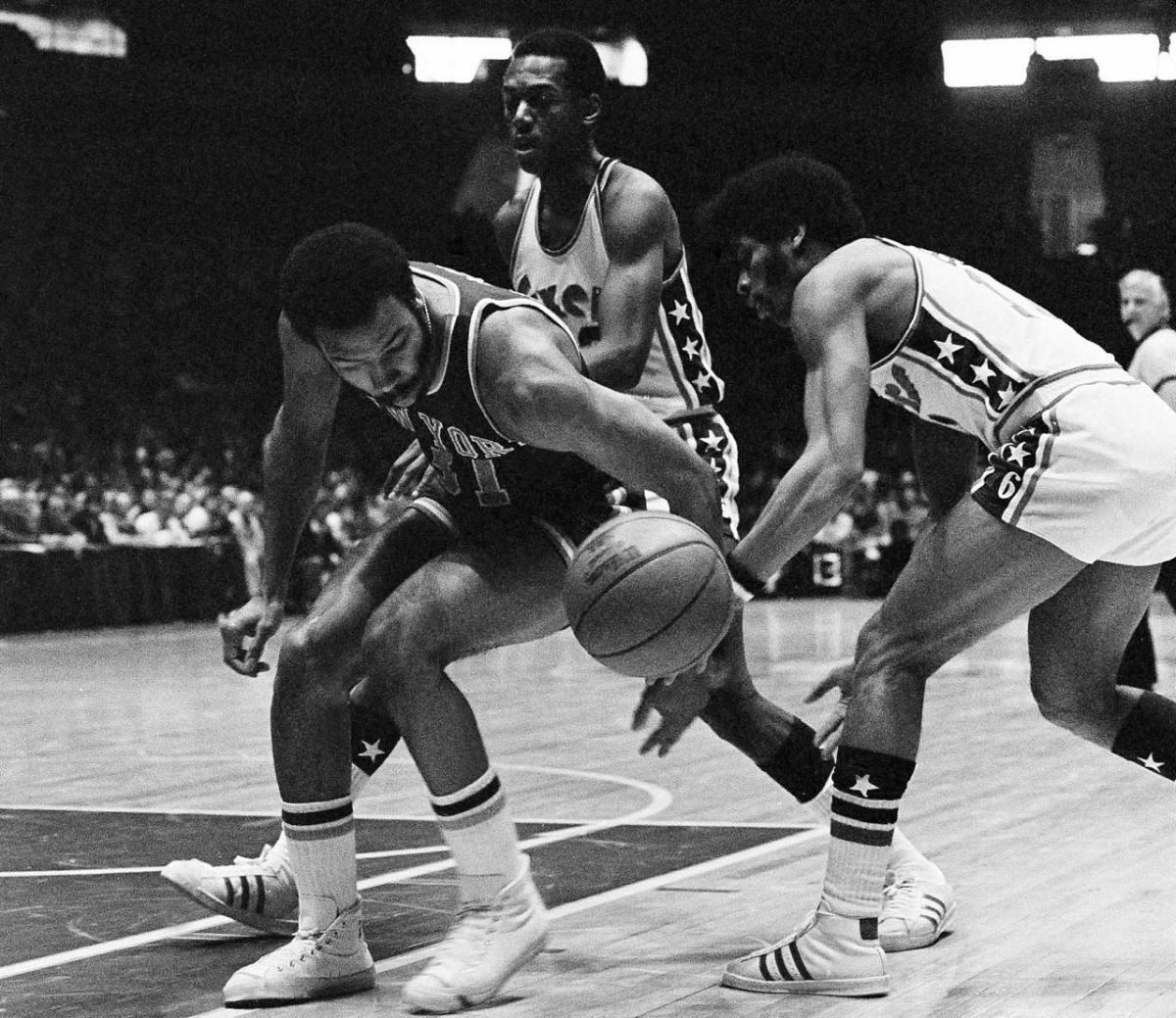
Durrett (pictured in the background, with the 76ers)) had more fouls (197) than field goals (192) in his four-year career, during which he averaged 10 minutes a game and never started.
Anonymous scout #2: I think he should go to school. He's not ready to play at this level. The only strength he has is that he plays hard and he runs the court extremely well for a 7-footer. He has a high motor, but on our level that doesn't help him get on the court. He has to be able to do other things. His offensive game is very limited. His weight and strength is extremely poor for the NBA. He right now is probably more of a D-League player than he is an NBA player. I wouldn't be surprised if someone took the risk in the first round. Nothing surprises me in the draft these days. You have to look at those teams that have multiple [first round] picks. But if they don't have the position available, than they may go European and stash. He's got a lot of work to do offensively, with his low post game. He likes to step out and shoot jump shot and he's not a very good jump-shooter, I don't think. His total offensive game needs to improve before he can even step on the court.
• MORE NBA: How Giannis's rise explains Ben Simmons's future
Jeremy Woo, NBA writer: A useful role player. Maybe. Maker’s not close to NBA–ready, but someone’s going to roll the dice on his athleticism and size. On the high end, he profiles as a rotational energy player who can step out and hit a shot and won't stop the ball. But he may need a D-League stint, and there’s some real risk built in. He’s pulling out of this week’s Hoop Summit, which may have been prudent so as not to get exposed too quickly but should also raise some eyebrows. Whatever he ends up becoming (or doesn’t), he’s instantly one of this draft’s real wild cards.
